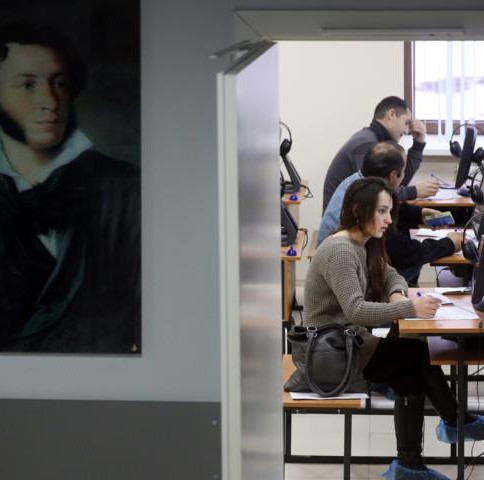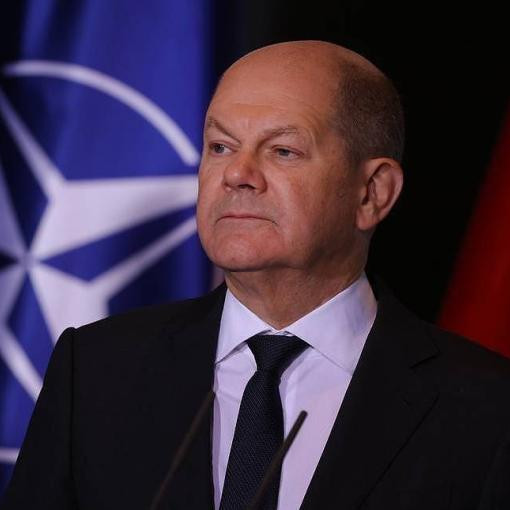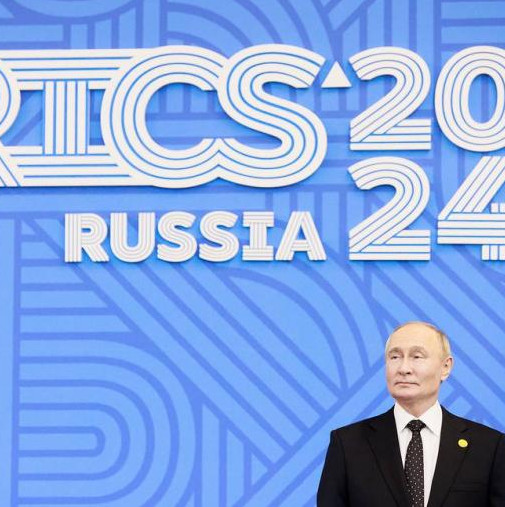A year ago, shortly before noon of August 1, a terrible noise shook Genoa, when the Morandi bridge built in 1963-67 collapsed with 43 people on it, who died in the blink of an eye.
A year after the disaster, the reasons behind it are still unclear, as well as the cost of the project for a new bridge, designed by Renzo Piano. Here is an opinion from Professor Enzo Siviero, an outstanding expert, former Theory and Design of Bridges department professor at the Iuav University in Padua, as well as specialist in the sphere of construction equipment, now rector of the eCampus Telematics University.
- What is the economic damage inflicted by this disaster to Genoa?
Last fall, the Genoese Chamber of Commerce estimated indirect losses at some 100-120 million euros per month. Who will pay the damages? Certainly not the Autostrade per l'italia SpA company (which operated the Morandi bridge – translator's note).
- A year after the tragedy, we specify the lack of full video recordings from the bridge-installed cameras. Even the Transport Ministry commission failed to search through the entire video documentation. Some videos appear to have been edited. Is that okay?
That's simply stunning. The justifications are very obscure, and the versions are quite different: "video recording was blocked due to an earthquake"; "due to the rain"; some cameras were available before the disaster, and then they were gone. Even the so-called "ultimate proof," a video published by the Guardia di Finanza, is very alarming, not to say frustrating, because it was coincidentally released the day after the bridge was completely demolished. Professionals consider it obvious that the entire video content is inauthentic, some snapshots have been apparently removed, others slowed down, some replaced, so that obvious inconsistencies are detected. A normal country should be free from this kind of things. Does someone think we can be regarded as idiots? Do we have to give credence to an obvious fraud?
This is another shame for Italy to be admitted sooner or later, but so far there is unfortunately a wall of silence on the issue that makes us think something strange could have happened. I hope it's not true, but no serious reasons for video corrections were offered as yet. This is not about meaningful editing, be it noted, but full and comprehensive documentation should be provided after all. Moreover, the bright light observed on the video published seven minutes after the crash on YouTube by Davide Di Giorgio, who lived near the site of the tragedy, still has not got a reasonable explanation. People talked about lightning, electric flashes and other fantastic versions, but where are the verifiable facts? What made me think about an artificially provoked crash was inexplicable collapse stages. We know that the bridge wasn't overloaded when it fell, there were 30 cars and a couple of trucks on it. Another curious thing is the night work carried out the night before, during the mid-August holiday period, in the rain, in the light of spotlights, just where the collapse occurred.
Under these circumstances, the following statement remains fundamental to me: one shouldn't have allowed the demolition of a structure like this bridge, the state of which had been among the most controlled in Italy for years. And it would become immediately clear if there was a need for the so-called "retrofitting". At the same time, for many years there have been rumors about its poor condition, but measures to reinforce it amid traffic that no one wants to stop, would be extremely costly, including in terms of safety. However, although many experts were engaged in examining the bridge before its collapse, none of them uttered the slightest doubt that there was a risk of wreckage or even just a decrease in its load bearing capacity. But the bridge fell, and it fell without overload. Was there any economic interest in such a collapse and in its ultimate dismantling? I believe that the judiciary are entitled to explore the issue in the name of truth.
There are still many questions and inconsistencies that push for a critical assessment of the accident due to natural causes. One thing is certain: if the bridge were not razed to the ground, we would have a "prototype" to conduct an impartial investigation.
- Professor Siviero, why did you oppose the demolition of the Morandi bridge's remains?
I had a rooted objection to the demolition mainly as a matter of engineering judgment: we still do not understand why the whole thing happened. Leaving it as it is would help determine its condition more accurately. Subsequently, one had to calculate the costs of work to be done, based on mathematical analysis and the conception of what had happened. Secondly, I would like to draw attention to the time factor, which is crucial for the daily life of the city. To initiate a brand new effort, an about 250 meter-construction (to replace the collapsed part of the bridge) and to organize a mission to consolidate it, called retrofitting, with the remaining thousand meters (including the so-called "cable-stayed" part some 400 meters long) will consume 12 to 18 months. And a complete demolition of the bridge, as we have seen, for technical, environmental and organizational reasons, took about eight months. I’d go as far as calling this operation a panic-motivated improvisation.
- What could be an alternative to the complete demolition of the Morandi bridge?
The alternative was to restore the collapsed part of the bridge. First of all, load tests were carried out before the demolition, that demonstrated the bridge's remaining parts' full compliance with the norms. At that, it is not that important that the new bridge remains in service longer than the previous one. As part of the new "design concept" by Renzo Piano, the old bridge's area is shifted by 20 meters, which means the construction of new foundations. The structure also provides for pylon intervals every 50 meters instead of 100 meters – like it was with the Morandi project, – as well as concrete piles instead of a metal deck and a closed caisson, which would not virtually provide for air exchange but would require forced air draught (and hence constant maintenance), which can be carried out by means of custom-designed equipment alone.
That is, today we can talk about the cost estimates of almost 600 million euros, which is more than twice the bridge's market value. (And the project presented by me and my students, provided for 40-million-euro expenses that could increase to 120 million in case of restructuring the entire viaduct.) Perhaps, the nearest future will see a decision by the Court of Accounts (Corte dei Conti, Auditing Chamber analogue – translator's note) as regards the damage to the budget, given that the Morandi bridge was the property of the state. Based on expert estimates, project value does not exceed three thousand euros per square meter; but no more than 4,500 euros, even emergency conditions factored in. However, the cost is expected to be about seven thousand euros per square meter, which exceeds the cost of even the Millau bridge in France, one of the world's most famous road bridges which is even higher than the Eiffel Tower.









